We know you want your furnace to perform smoothly, but it's no secret that mishaps could still happen when we least expect it, especially since furnaces are only used during the fall and spring. When said mishap happens, there's no need to worry! Our team of experts came together to help you figure out a quick solution and a few tips on how to ensure your furnace bleeds with ease.
A furnace that refuses to bleed could mean running out of oil fuel. That is if you have an oil furnace because gas furnaces cannot be bled and would require help from an actual professional. Another possible reason your furnace won't bleed could be a bad fuel pump.
Furnaces usually have a light indicator that will go off when something's wrong with the unit. When you've found the source of the problem, it's time to get into action. Troubleshooting your oil furnace needs utmost care and precision, so you must arm yourself with the correct information (and tools) at hand. Here are some of our essential troubleshooting tips and tricks.
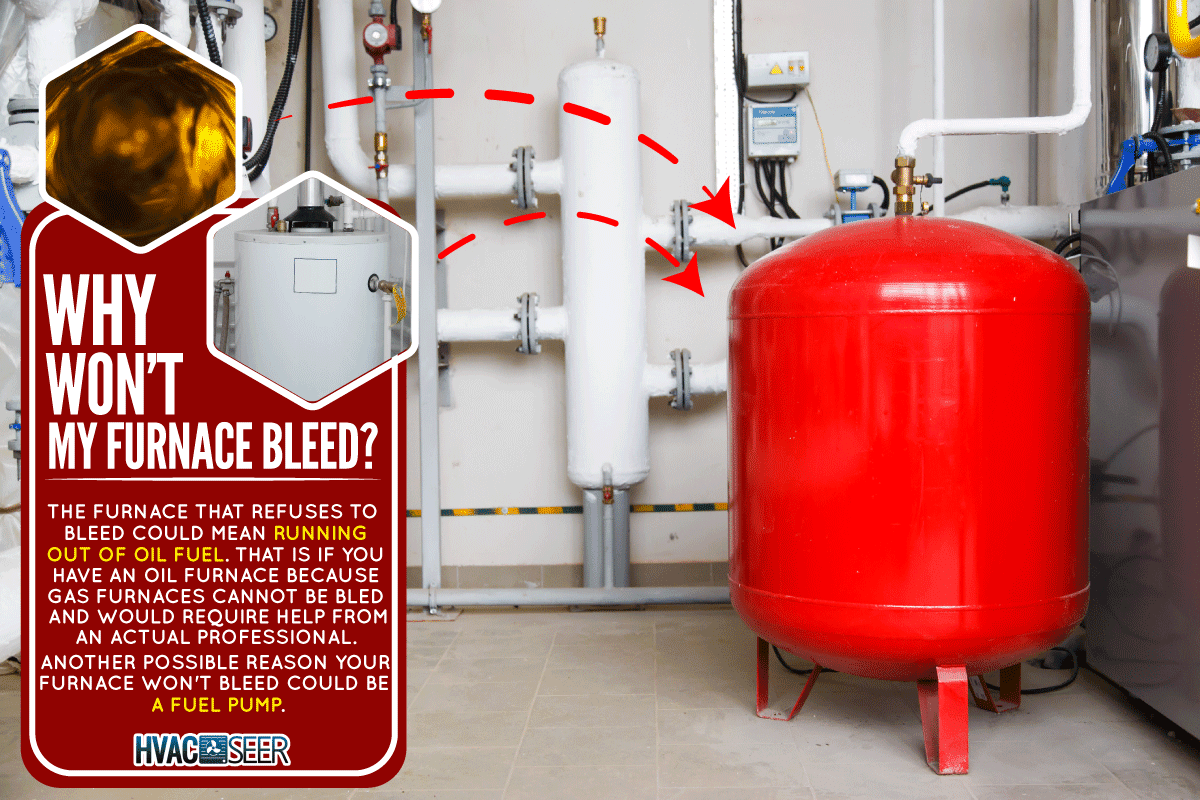
How To Bleed Your Oil Furnace
Bleeding an oil furnace should be easy and can be done by a single person alone. Check out this guide to know how. Also, be sure that your air conditioning unit is completely turned off before doing any of these steps for your safety.
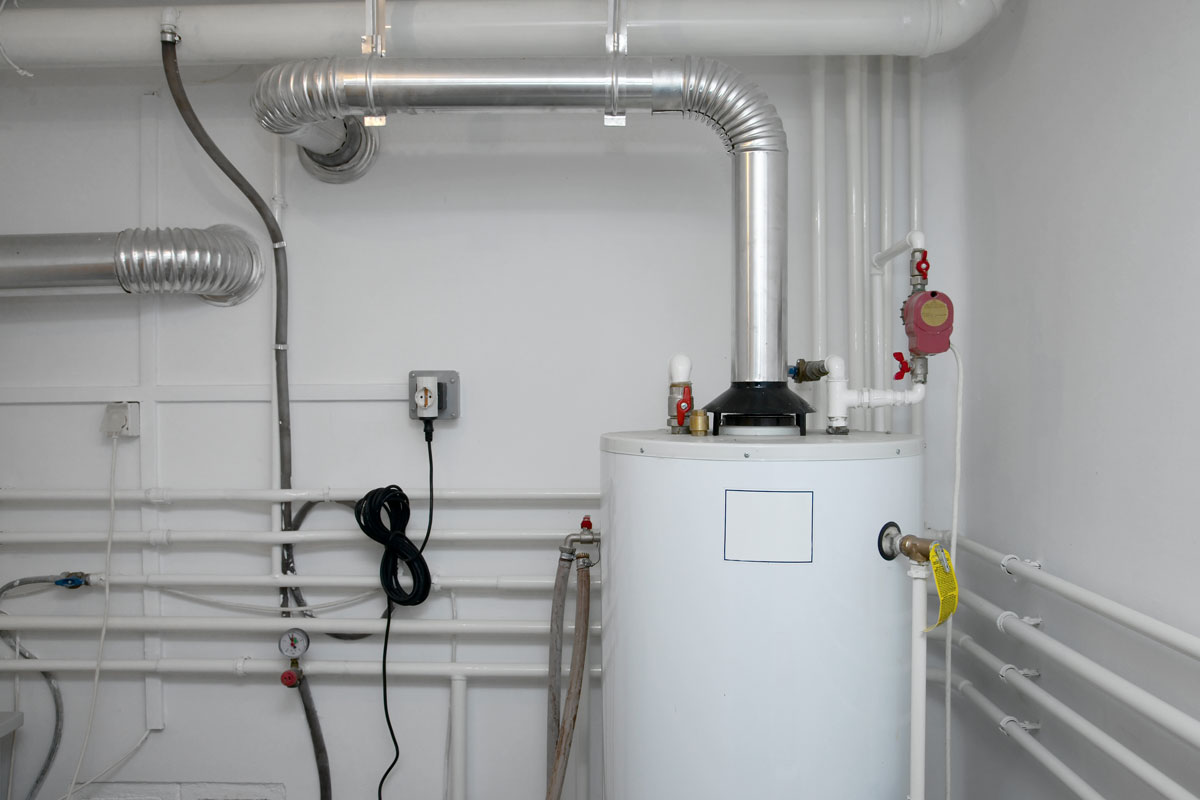
1. Refill your oil fuel tank
One of the telltale signs that your furnace won't bleed is when the oil tank is below the standard capacity or empty. Once you're refilling, hit the reset button so the furnace can resume its normal operations. Even if the fuel is fine, if there is an ignition problem, it will continue to pump more fuel into the combustion chamber.
2. Switch off your furnace
When refilling and resetting don't work, turn off the furnace again. Prep your tools, which include an adjustable wrench and about a foot length of nylon tubing. You will also need a container for collecting the excess oil that might come out during the process and a pair of safety gloves to protect your hands from the oil.
3. Begin troubleshooting
Locate the fuel pump to find the bleeder valve where you will conduct the process. The fuel pump will have tubes connected to it, while you will secure the bleeder valve with a hex nut on its other side. Don't be concerned if you don't see it immediately because some furnaces have it tucked away. Loosen the nut slightly and then tighten it about a quarter turn to prevent oil from dripping out. Don't completely unscrew the nut.
Insert the tubing into the bleeder valve and place the other end inside your container. Not everyone installs tubing on their bleeder valve. If you don't have nylon tubing and need to restart your furnace, you can do the rest of the steps without it. Just be aware that the oil may splash, making the process more hassle. Also, ensure your container is directly beneath the valve to prevent oil from spilling on the floor.
Once done, turn on your furnace again. If your second troubleshooting still doesn't work, you can try again. If, after multiple attempts and you're still not making any progress, it's time to call a technician for a proper diagnosis.
What To Do When Doing Maintenance Checks on Your Unit
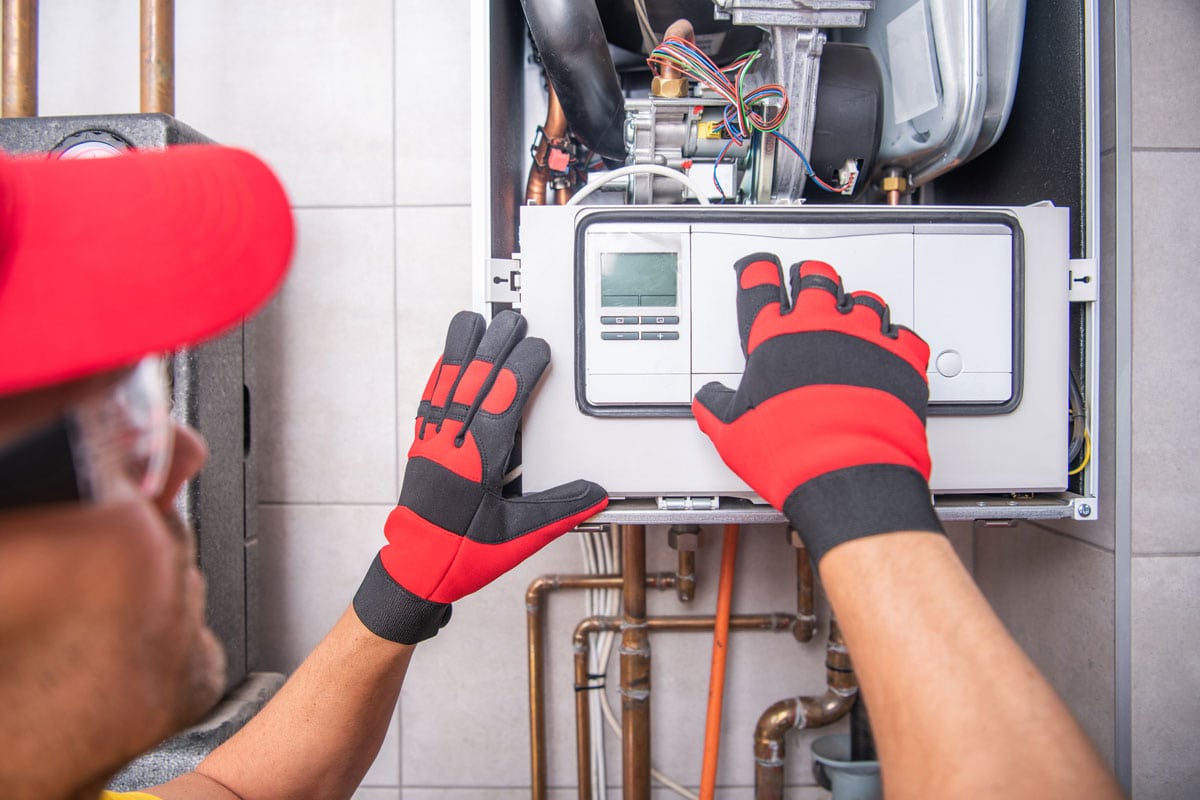
To ensure optimal performance of your furnace, conducting maintenance checks is advisable. These could go from glances at indicators to actual legwork that could save you a few costly calls. Here are a few things you can do when doing maintenance checks on your unit.
- Check the gauge for any indicators of the fuel tank being low on oil. They commonly come with "E" or "0" indicators. If it's not yet low on fuel, reset your furnace to restart the oil flow to continue a smooth-sailing furnace bleed. Refill the oil tank if necessary.
- Check the furnace's thermostat to see if it needs any adjustments. Your furnace's thermostat should be a little higher than room temperature.
- Prep your furnace for priming. To do so, locate the bleeder valve and loosen it for the oil to bleed through.
- Revive the power by turning on the switch. Fuel drips inside the container translate to a successful powering on.
How long does it take to bleed a furnace?
If you're patient enough, bleeding a furnace could take longer than expected, with each attempt lasting up to 15 minutes. However, as mentioned above, if all your attempts to troubleshoot a broken oil furnace fail, it's already best to consult a professional to prevent causing more damage to the device.
To make the entire bleeding process seamless, it can also help to ensure all the tools you need are with you and you have the right container size so you won't have to go back and forth getting a new one in case the first one isn't adequate.
What will happen if I don't prime my oil furnace?
If you fail to prime your furnace, it'll shut down in the middle of a cold winter. This could result in needing to call a professional for help, which is much more costly than sacrificing a little elbow grease in maintaining the oil furnace regularly.
What happens if I let my oil tank run dry?
When the oil runs out, the water, debris, and other dirt residue stuck in the tank's bottom can be sucked into the lines, which can cause clogging. When left for a long time, these elements can also cause damage to your HVAC equipment.
Water left for an extended period in the tank can also rust your tank, so it's best to ensure your oil tank never runs dry. That's why you should regularly monitor this to prevent the oil from running out. It's best to spend a little time maintaining your equipment rather than waiting for it to finally break.
Can I put diesel in my oil furnace?

It's understandable if you don't have any extra heating oil available and your oil tank suddenly decides to act up. When your trusty heating oil isn't available, you can use diesel as an alternative, as it can still burn the same amount of heat. One that you can buy from your nearest gasoline station should be fine.
However, avoid using gasoline in your heating tank as it is made differently from the two and could only cause damage to your furnace. And like with any other priming process, always ensure your furnace is completely turned off before refilling the oil tank with diesel.
Why do I need to reset my furnace?
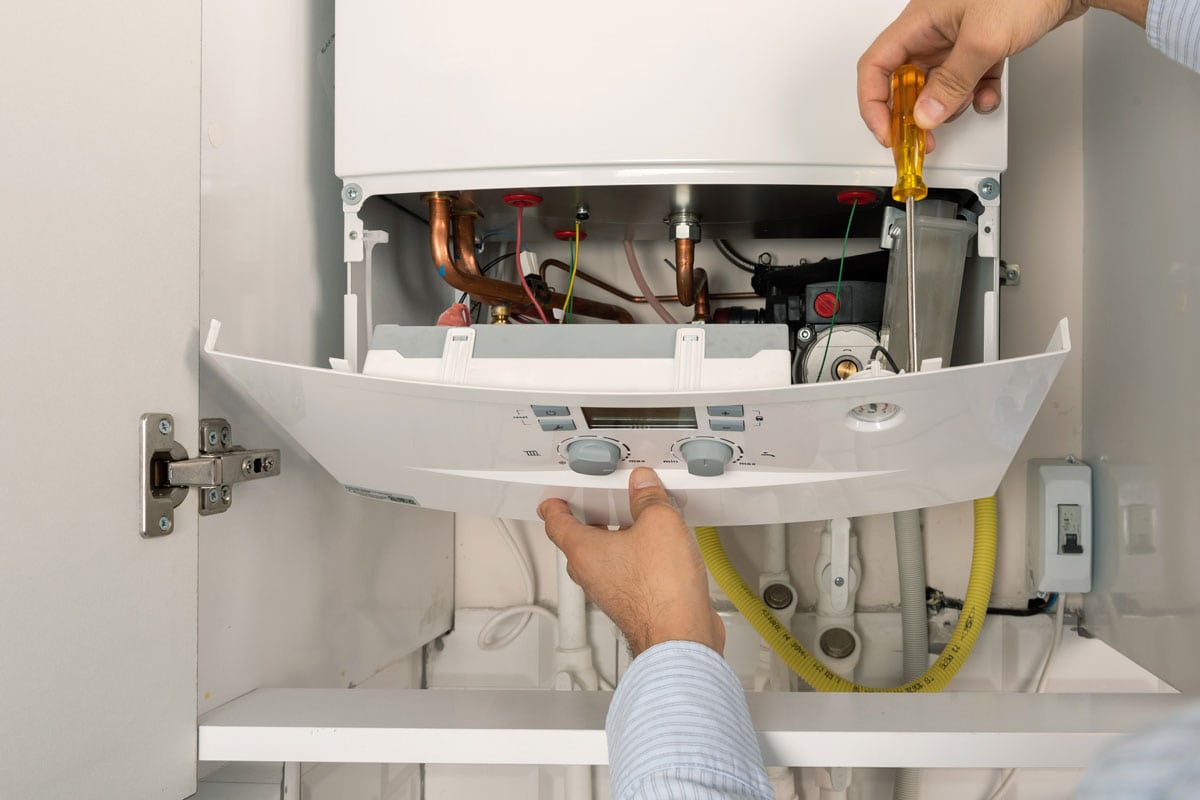
Resetting the furnace is a practice to shut down the unit before it can trip your circuit breaker. This may be required if the furnace is overheated or the electrical system is disrupted. Press the reset button again to get the furnace working again. Furthermore, resetting your furnace shouldn't take long as you only need to press the reset button for approximately 30 seconds.
Meanwhile, if you press the reset button and your furnace turns off again, pressing the reset button again can break your furnace. If your furnace continues to shut down even after pressing the reset button, it's best if you can contact an HVAC professional.
In Closing
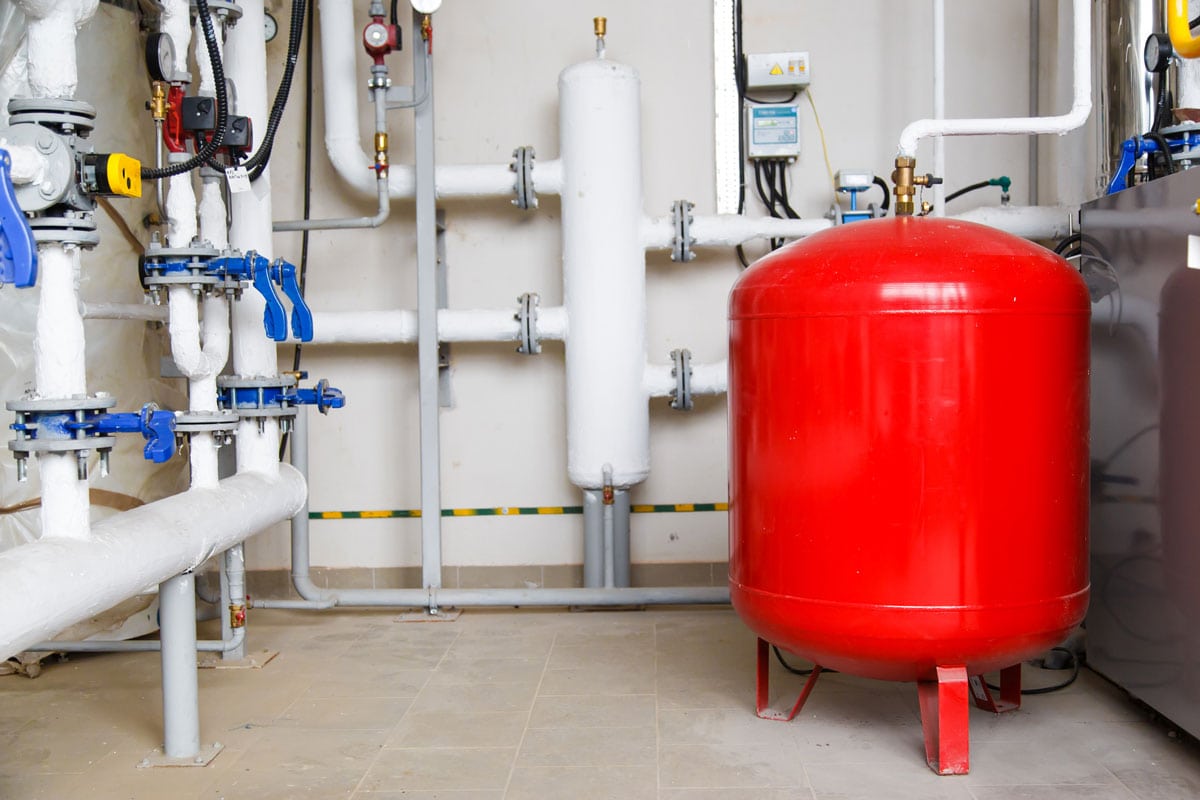
When your furnace refuses to bleed, its oil tank has likely run out of fuel, among other causes. Make sure to do maintenance checks regularly to ensure the furnace is always in tip-top shape, including ensuring the oil tank never dries out. Since you won't be using your furnace on the sunniest of days, these can be the perfect time to do check-ups so that when the right season comes, you're all set to enjoy a warm, toasty feeling.
Whenever unsure of something, don't hesitate to contact a professional because we all know that prevention is always better than cure. Plus, you can save a few bucks when your HVAC unit is much less problematic than it's supposed to be.
Enjoyed this post? Check out some of these related posts for more.
Does Furnace Size Affect Air Conditioning?
